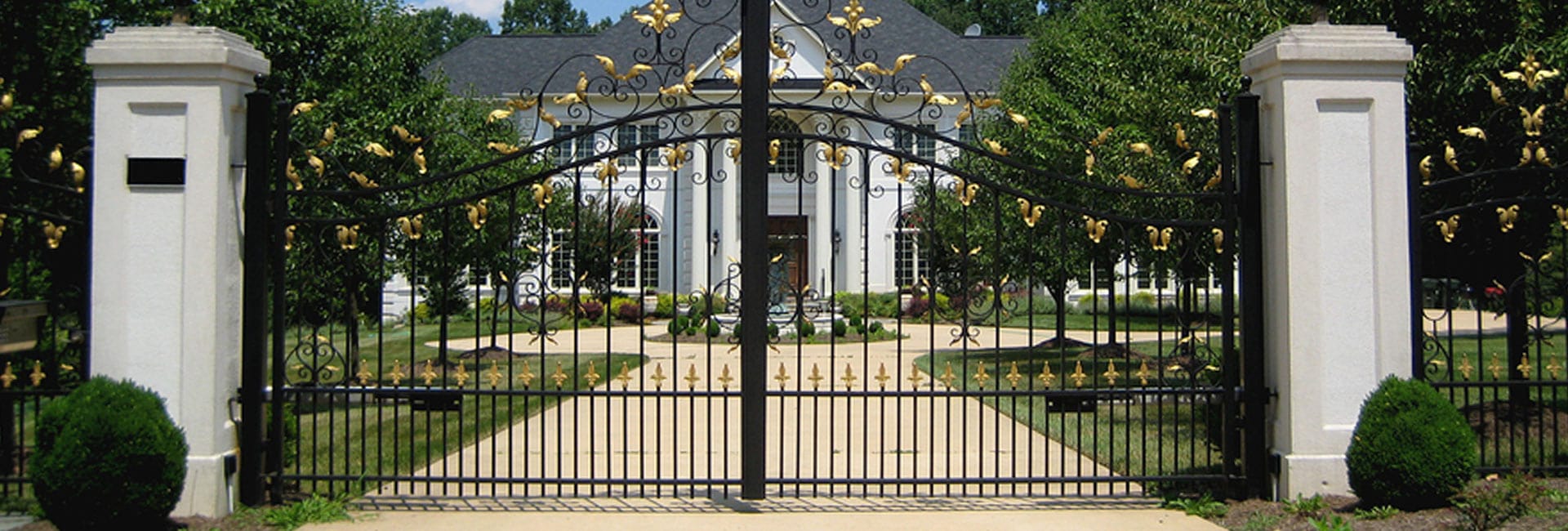6 vacant property management tips for estate agents
For estate agents and property managers, vacant properties can pose a number of challenges. Whether a property is awaiting sale, undergoing refurbishment between tenants or tied up in legal proceedings, periods of vacancy leave buildings vulnerable and exposed.
As property professionals, it is our responsibility to ensure the physical security of property and ensure that any vacant properties under our management are protected, secured and do not fall into disrepair.
Empty properties are prime targets for vandals, squatters and thieves looking to strip properties of their fixtures and valuables. Without regular occupation, minor issues can also quickly escalate into more serious repair problems or health and safety hazards. In the UK, it’s estimated that more than 250,000 homes remain vacant.
Here are six essential strategies property professionals can employ to effectively manage vacant properties under their control as well as avoid legal and liability issues.
1. Conduct site visits and hire security patrols
One of the most effective ways to safeguard a vacant property is through regular site visits and inspections. As property managers, conducting routine check-ins at different times of the day and night is advisable. During daytime site visits, check for any signs of unlawful access or vandalism as well as inspect the overall exterior condition of the property. Ensure all secure access points, lighting, fencing or shutters remain in working order.
For some vacant properties, especially those in remote or rural locations, hiring third-party security patrol services to conduct regular drive-bys or building walk-throughs may be warranted. A formal property management service will consider current occupancy, rent rollovers and help you calculate your ROI or account for empty vacancy periods.
Private security teams, however, will visit sites during evening hours or overnight when unauthorised activity is most likely to take place. Their presence alone acts as a deterrent against criminals targeting the property.
2. Install CCTV cameras and post warning signage
CCTV systems and security signage are two of the most effective deterrents against criminal activity for vacant properties. Displaying warning signs that indicate the property is monitored by CCTV cameras or security patrols, and that trespassers will be prosecuted, dissuades many would-be thieves and vandals looking for an easy target.
Cameras should be placed to monitor all site entrances, parking areas, external equipment or valuables, as well as any floor levels or rooms where damage or theft is probable. CCTV does two jobs at once in terms of protecting your property. Firstly, CCTV acts as a deterrent and secondly, it can help identify perpetrators and potentially bring them to justice.
3. Remove exterior clutter and maintain appearance
The exterior condition and appearance of a vacant property has a significant impact on its vulnerability to criminal activity. Properties that look unmaintained, cluttered or abandoned can attract unwanted attention from vandals and thieves.
Remove or secure any debris, furnishings and equipment that could be used by intruders to gain access or damage the property. Clear walkways, secure meters and eliminate loose materials that could be thrown at windows. A clean, minimal exterior presents a professional image that the property is actively managed despite being vacant.
Arrange for any necessary repairs to the property’s structure or exterior quickly to avoid the appearance of neglect. Graffiti, if spotted, should be removed immediately to prevent the vacant site from becoming a target for recurrent vandalism.
4. Secure access points and restrict entry
Vacant properties are inherently more vulnerable to unlawful access due to lack of occupation. As property professionals, ensuring all access points into the building are secured to restrict unlawful entry is critical.
Conduct a walk around the property and assess any areas where access could be gained such as doors, windows, meter cupboards, roof access hatches or basements. Replace damaged or subpar locks immediately and make necessary arrangements for repairs or install extra security measures if required.
For ground level access points or large expanses of windows, consider installing metal security shutters or grilles to prevent easy break-ins. Shuttering also protects windows from damage by intruders or vandals.
Restrict vehicular access to the site by installing lockable posts, gates or bollards across driveways and parking areas. Prevent unauthorised vehicles from easily accessing the property where equipment, materials or valuables could be loaded and removed. Gates and bollards also obstruct access for travellers or squatters looking to occupy the vacant building or land.
5. Respond to incidents and keep records
Despite best efforts to secure vacant properties, incidents of damage, theft or unlawful occupation may still occur. As property professionals, having procedures in place to address issues swiftly and responsibly is important. Recording details of any events at the property also provides evidence in the case of insurance claims or legal action.
If notified of a break-in, theft or vandalism, attend the site as quickly as possible to assess the situation, secure the property and address any necessary repairs. Work with the police or other emergency services if the incident is ongoing or complex to resolve.
Changing access codes or locks may be required if keys have been stolen. Take photographs of damage for records and insurance purposes. For any serious incidents, file a police report in case follow-up inquiries are needed for insurance providers or in the event of
6. Consider liability issues and update insurance
Managing liability effectively involves working closely with building insurers to guarantee adequate coverage, addressing health and safety hazards promptly and keeping comprehensive records.
Update property insurers regarding the vacancy period so that appropriate riders can be applied for inoccupancy. Standard building insurance may not provide coverage for certain risks associated with long-term vacancies. Check with insurance providers to ensure correct endorsements are included for vacant structures.
Inspect the property for any potential health and safety risks that could lead to injury claims such as unsecured meters, damaged staircases or hazardous waste. Make necessary repairs or restrictions immediately to avoid liability for accidents or legal costs defending a claim.
Restrict access to unsafe areas where people could trespass, such as open pits, roof areas or heavy machinery. Vacant possession also carries risks associated with ownership disputes or laws around squatters’ rights.
Safeguarding vacant properties requires diligence
With diligent oversight, a robust security strategy and proactive risk management approach, vacant properties can be protected assets rather than liabilities. By implementing vigilant site visits, CCTV monitoring, access control and rapid response procedures, risks are mitigated and value preserved.
Working closely with insurers secures suitable inoccupancy coverage and legal experts clarify responsibilities while maintaining a professionally managed appearance deters unwanted interest. Though vacant properties may lack occupancy, through the commitment of property professionals they need not lack guardianship.
Written by Agency Express guest writer Annie Button



 Login
Login















